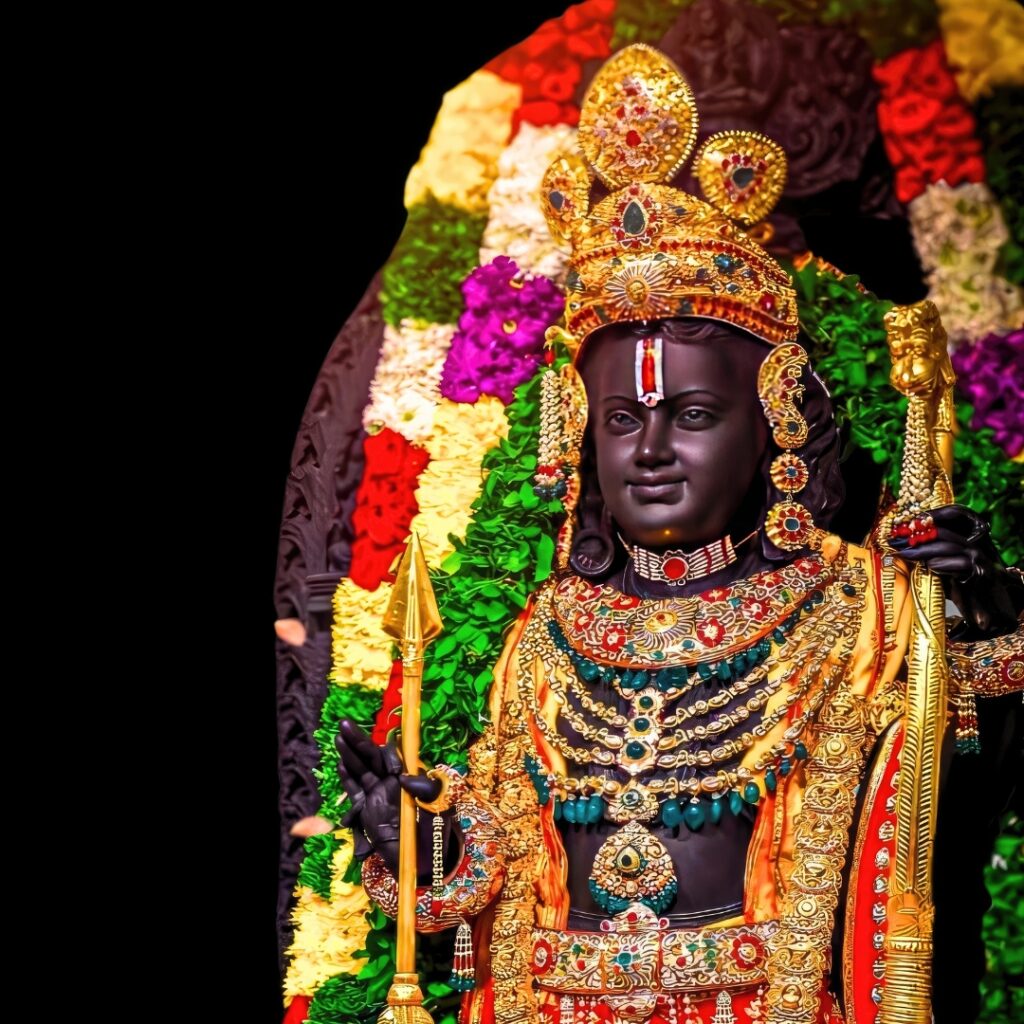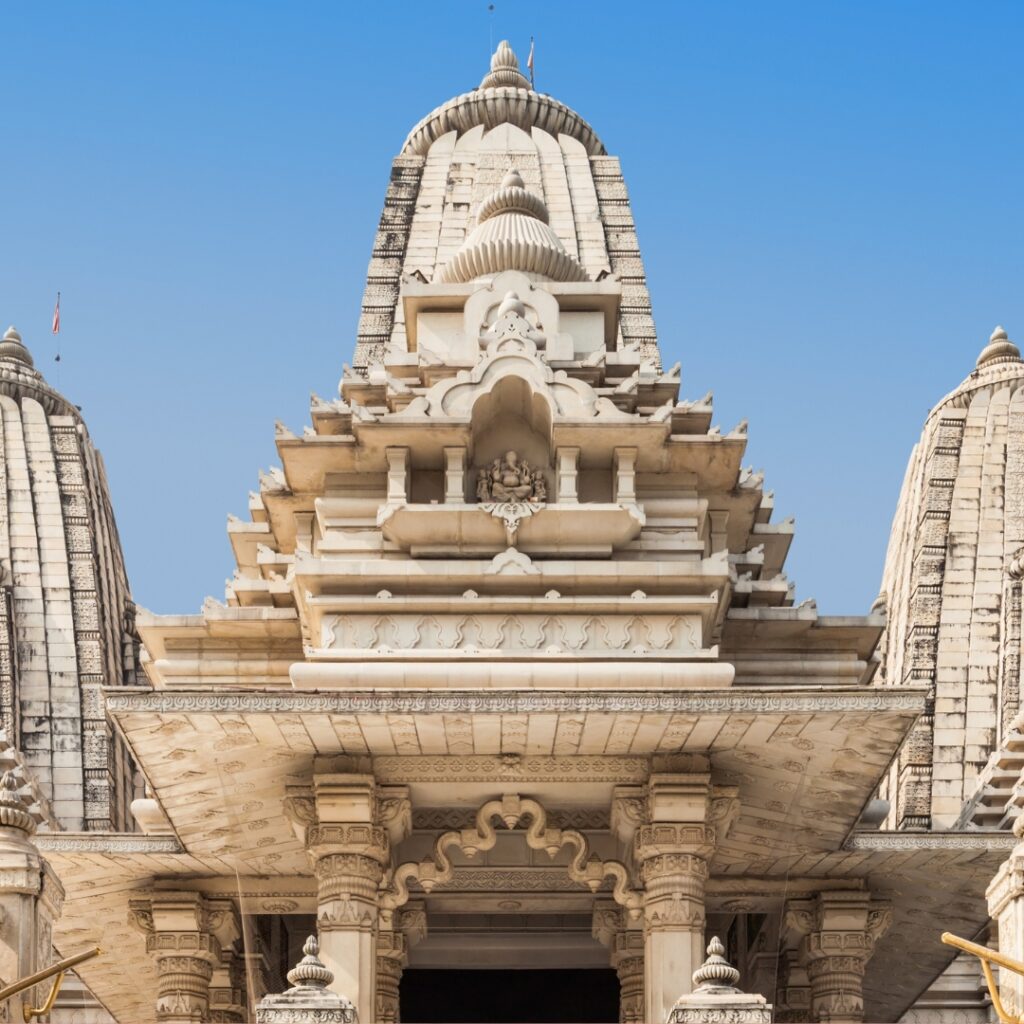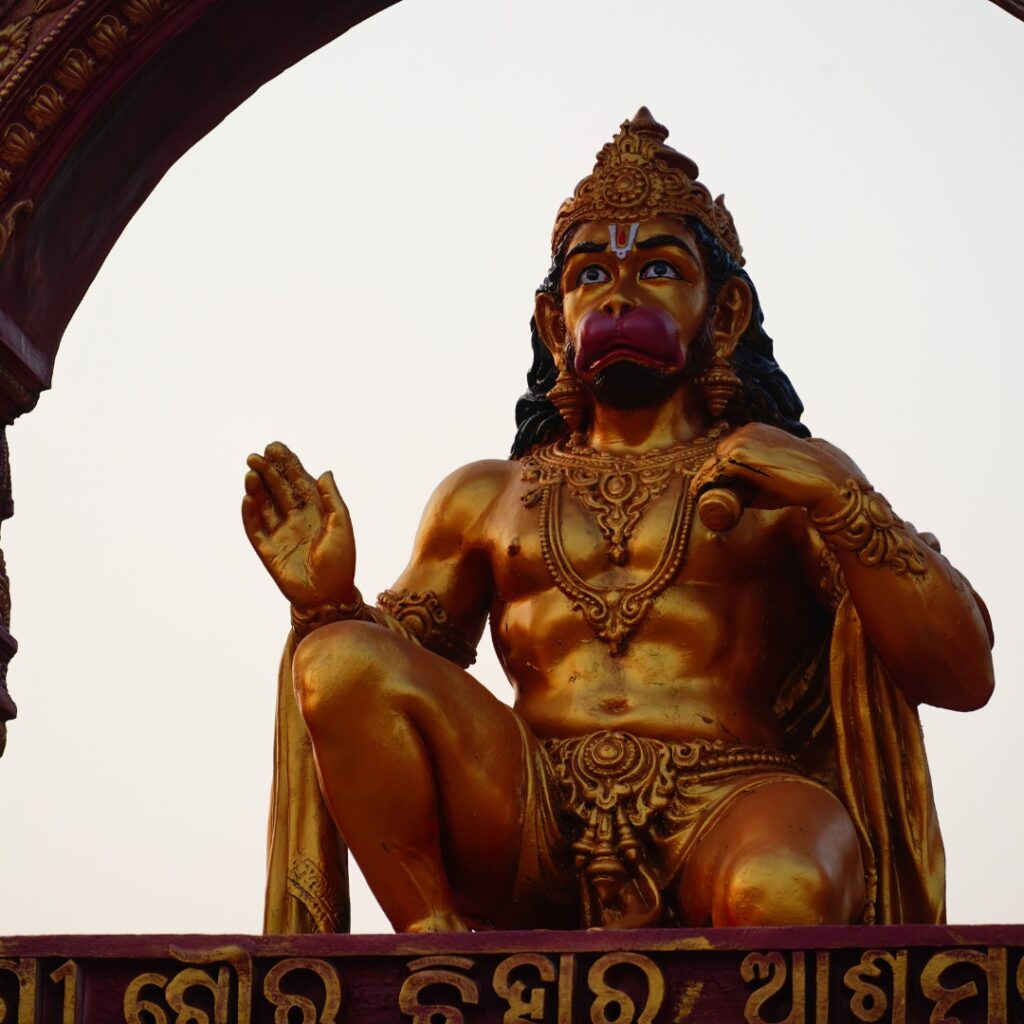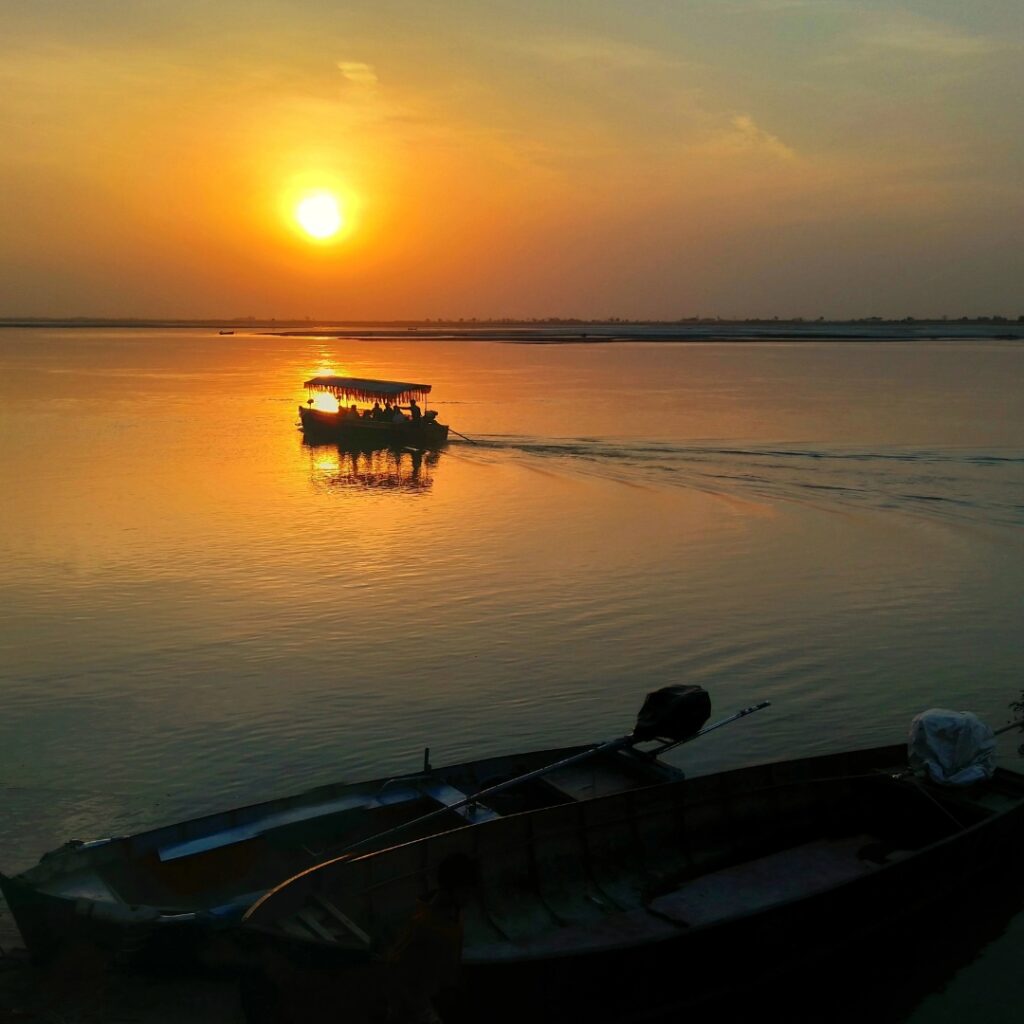

4 day's
AYODHYA & CHITRAKOOT
Ayodhya Ram Mandir and Chitrakoot are two significant places in Indian history, culture, and mythology, particularly in the context of the Ramayana, one of the two great epics of India.
The Ayodhya Ram Mandir is a temple dedicated to Lord Ram, situated in Ayodhya, Uttar Pradesh, India. Its history spans centuries and is deeply intertwined with Indian cultural, religious, and political narratives.
Day 1: Arrival in Ayodhya ram mandir
- Arrival at Ayodhya ram mandir: Check into your hotel.
- Ram Janmabhoomi Temple: Visit the birthplace of Lord Rama and explore the nearby temples and structures.
- Hanuman Garhi: A historic temple dedicated to Lord Hanuman with scenic views of Ayodhya.
- Kanak Bhawan: Beautiful temple complex with intricate carvings dedicated to Lord Rama and Sita.
- Sarayu River Ghats: Enjoy an evening Aarti and serene views along the Sarayu River.


Day 2: Ayodhya City Tour
- Nageshwarnath Temple: One of the oldest temples in Ayodhya.
- Tulsi Smarak Bhawan: Museum dedicated to Tulsidas, the famous poet and author of the Ramcharitmanas.
- Mani Parvat: A scenic hill temple that offers panoramic views of Ayodhya.
- Guptar Ghat: Considered the site where Lord Rama took jal samadhi (water immersion).
- Shopping: Explore local markets for souvenirs and handicrafts.
Day 3: Transfer to Chitrakoot
- Travel to Chitrakoot (Approx. 3 hours by road)
- Check-in: Arrive in Chitrakoot and check into your hotel.
- Ram Ghat: Evening visit to this serene ghat on the Mandakini River, a popular spot for Aarti.
- Bharat Milap Temple: Visit the temple marking the reunion of Lord Rama with his brother Bharat.
- Sati Anusuya Ashram: A short excursion to this serene spot associated with the sage Atri and his wife Anusuya.


Day 4: Chitrakoot Temple and Sightseeing Tour
- Kamadgiri Temple: Sacred temple where devotees perform a parikrama (circumambulation) around the hill.
- Hanuman Dhara: Hilltop shrine dedicated to Lord Hanuman, offering excellent views.
- Gupt Godavari Caves: Explore the caves associated with Lord Rama and Sita, with unique water streams running through.
- Janaki Kund: Visit this beautiful riverbank said to be used by Sita for bathing.
- Departure: Return or transfer to your next destination.
Inclusions
- Accommodation: 3-night stay in 3-star hotels.
- Transport: Transfers between Ayodhya, Chitrakoot, and local sightseeing.
- Guide Services: For temple visits and city tours.
- Meals: Breakfast included in hotel stay.
Exclusions
Mythological and Historical
Mythological Significance
- Ayodhya is considered the birthplace of Lord Ram, a revered deity in Hinduism and the protagonist of the epic Ramayana.
- The Ram Janmabhoomi (birthplace of Lord Ram) is believed to be the exact spot where the temple now stands.
Ancient and Medieval Periods
- The site has been associated with Lord Ram for millennia, with historical and literary references in various Hindu texts.
- It is believed that a grand temple existed at the site during ancient times, which was later destroyed during medieval invasions.
Babri Masjid Construction
- In 1528, the Mughal emperor Babur is said to have ordered the construction of the Babri Masjid on the site. This event became a point of contention for many Hindus, who believed the mosque was built after demolishing a temple.
Colonial and Post-Colonial Era
Colonial Period
- The dispute over the site began to intensify in the 19th century. British records from the period mention clashes between Hindus and Muslims over the site.
- A railing was erected by the British to separate the mosque and a platform outside where Hindus continued to worship.
Post-Independence (1947)
- In 1949, idols of Lord Ram were placed inside the Babri Masjid, leading to legal battles and the site’s closure by the government for some time.
Construction of Ayodhya Ram Mandir
- The foundation stone for the new Ayodhya Ram Mandir was laid by Prime Minister Narendra Modi on August 5, 2020.
- The temple is being constructed in a grand style with traditional architecture and is expected to be a major pilgrimage site.
Cultural and Religious Significance
- The Ayodhya Ram Mandir symbolizes not only religious devotion but also a resolution to a centuries-old conflict. It is seen as a landmark for Hindu cultural identity and a major step in fostering peace and reconciliation between communities.
